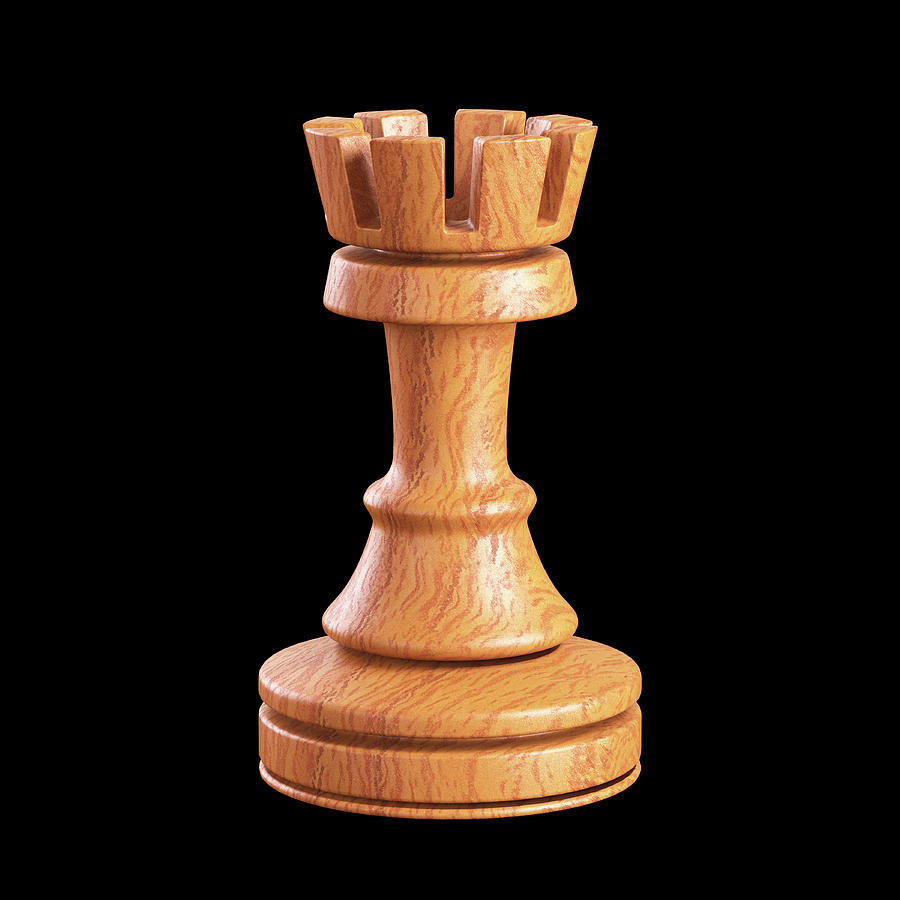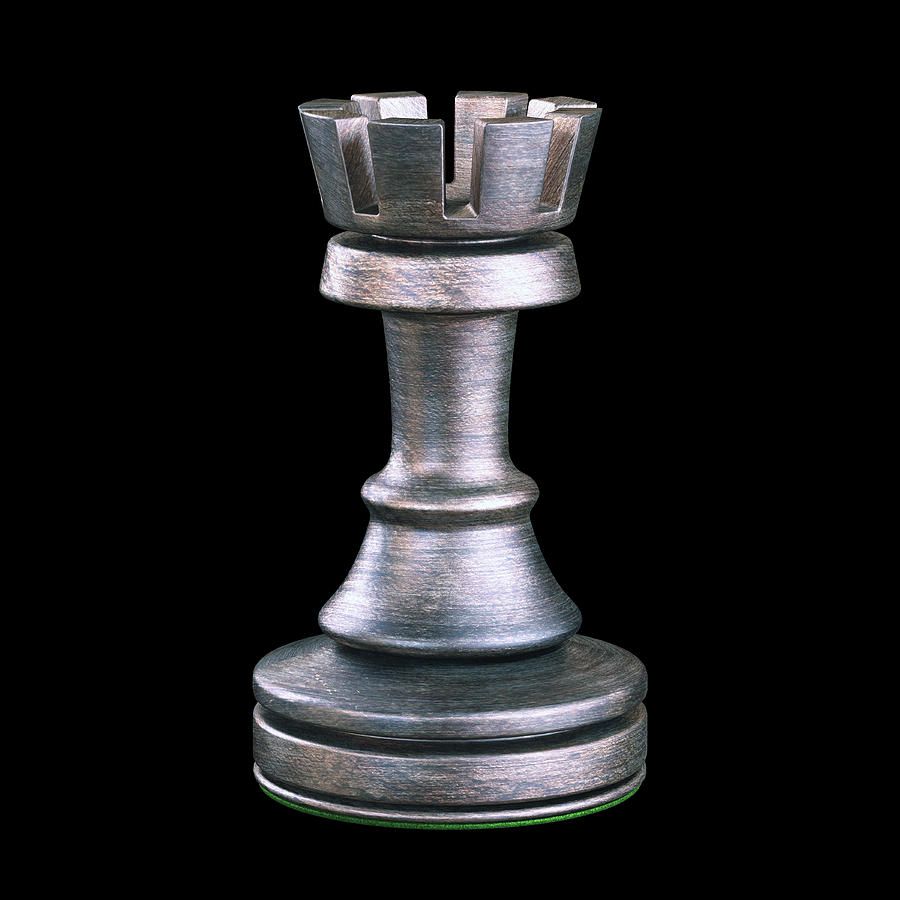

Annotation is done after the game is played in either the written form or in person.Īttack: A move that threatens to capture a piece.īack Rank Checkmate: Checkmate that occurs when a player moves his queen or ook onto the opponent's first rank (8th rank for black, 1st rank for white) to deliver check.

Please see our Guide to Notation for more information.Īnnotation: Commentary on a chess game that attempts to analyze the game by giving alternate moves. If the player does not announce "adjust", he/she will be bound to move that piece on his/her next turn.Īlgebraic Notation: A system of recording the moves of a chess game in which each square has a designated name. A player must announce "I adjust", "Adjust", or "J'adoube" (French for "I adjust") before touching his/her pieces. Adjusting the pieces is generally done to move a piece to the center of the square. The player "on the move" seals his/her next move in an envelope only to be opened when the game resumes.Īdjust: To touch a piece or a pawn without the intention of making a move. Pieces that are immobile or do not control any squares of consequence are considered "passive".Īdjournment: The postponement of an unfinished game. Also known as a Quick Chess TournamentĪctive: A term to describe pieces that are either on key squares or that control squares. It is illegal to move the pinned piece in an absolute pin.Īction: A tournament with game times less than 30 minutes per side to complete each game. In the position below the white rook on e7 appears to be well-developed.Chess Terms / Chess Dictionary / Chess SlangĪbsolute Pin: A piece that is immobilized because moving it would place the King in check. This is because a rook is worth more than those piece and when one of them attacks a rook, the rook will usually be forced to move to a safe square.Īs with bishops, rooks can get stuck behind locked pawn-structures in which case they can lose a lot of their potential value. In the endgame rooks are effective in cutting-off the opponent’s king from the action.ĭue to their high value, rooks are particularly vulnerable to threats from bishops.Rooks are very effective in supporting the advance of your pawns.Rooks play an important role in supporting the movement of your other pieces.Rooks can dominate open ranks and files if they can control those files unopposed.White could follow-up by playing c6, Kc5, c7, Kb6 and the black king will not be able to assist the lone black rook. The last example illustrates a typical strength of the rook in the endgame – the ability to cut-off the enemy king.

Rooks are at their best in open positions – which means in the endgame stage of the game they become even more powerful. The main lesson however is that you should notice how the white rooks supported the advance of the white pawns and how they became stronger as the pawns advanced and the lines for attack opened.

This example illustrated an attack on the opponent’s king. Rooks are very effective in supporting the advance of your pawns, not only in the endgame but also in the middle-game stage of the game:


 0 kommentar(er)
0 kommentar(er)
